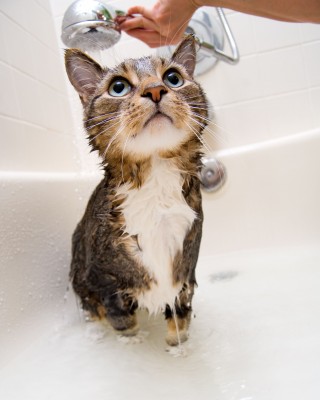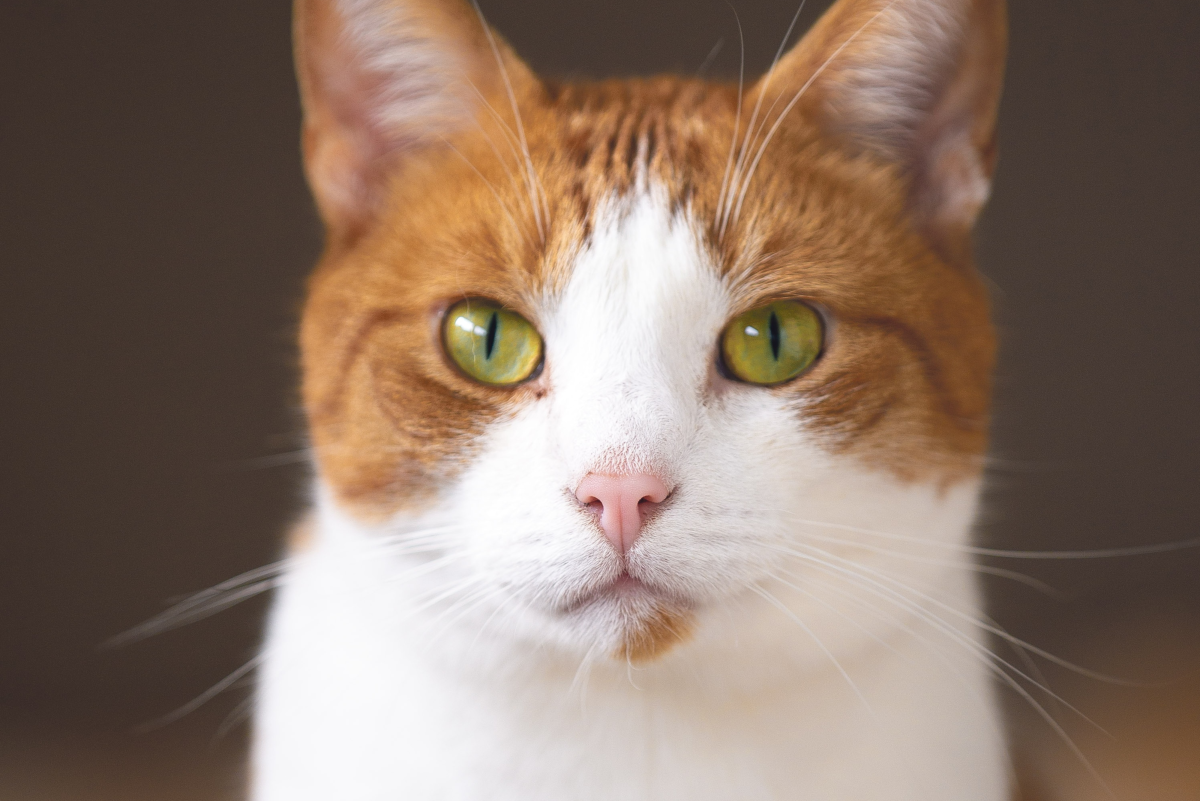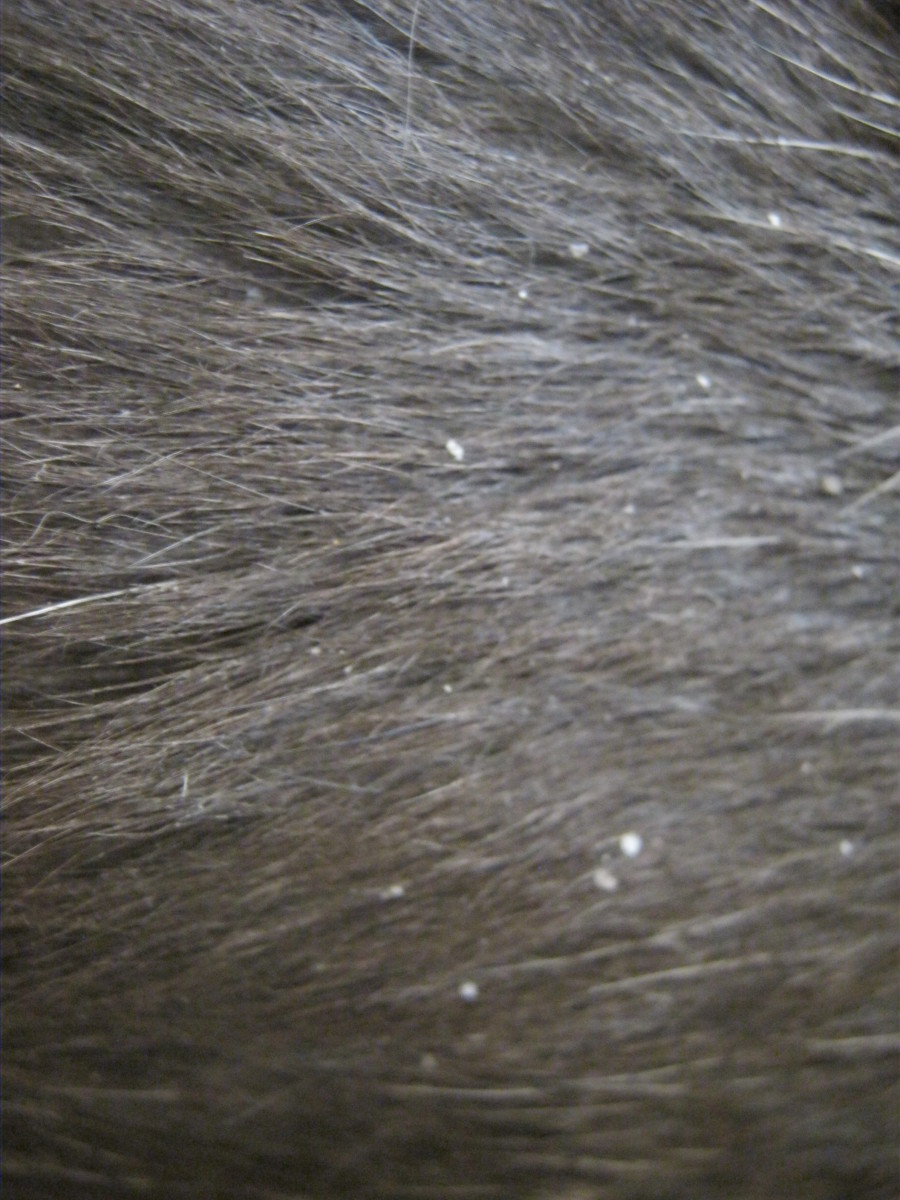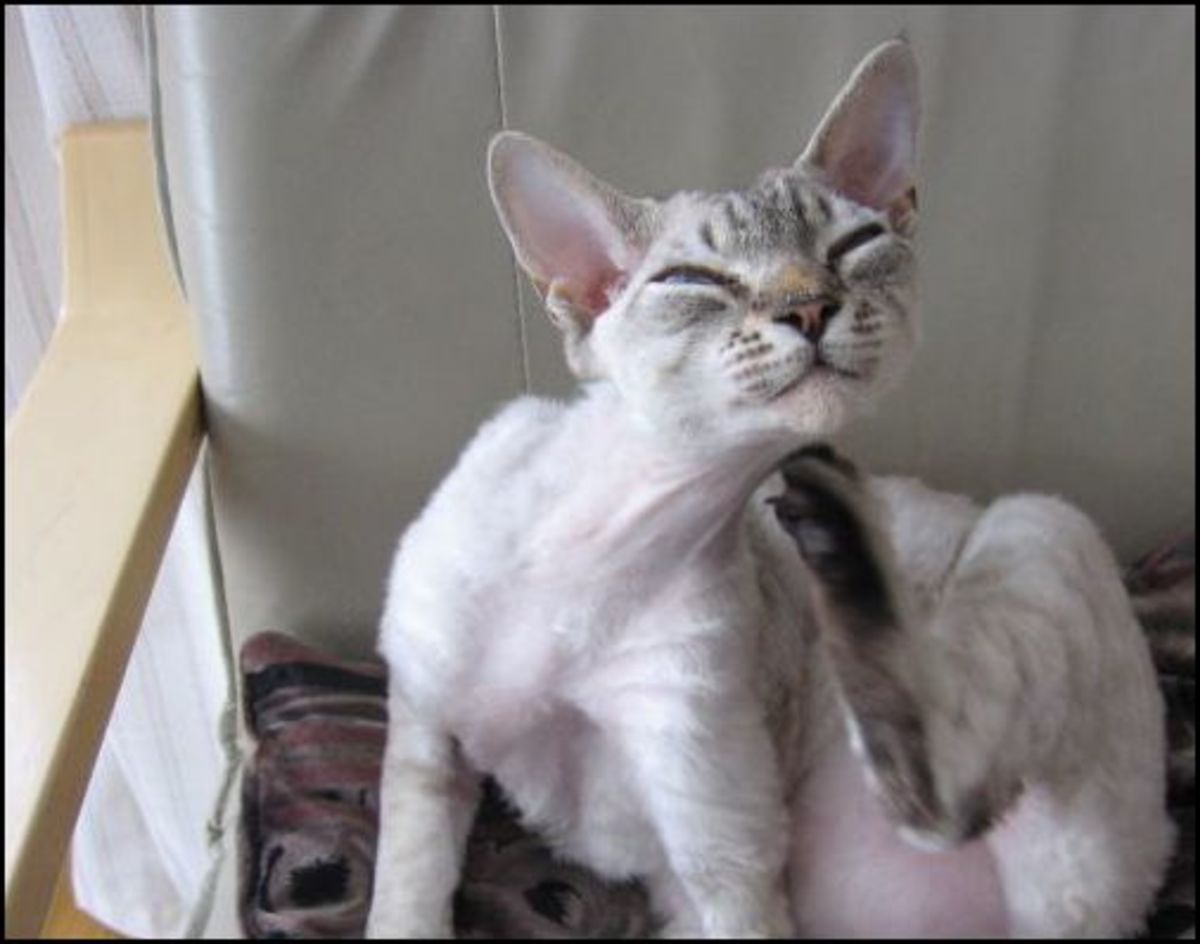Cats and Heat Stroke

In one of my other animal related HUBS, I discussed dogs and heat stroke. Because I am not a person who likes to discriminate, I decided to address cats and heat stroke as well. After all, our feline friends are just as important, wouldn't you agree?!
Cats do not tolerate heat as well as humans do. In fact, they often handle cold weather far better than they do extreme heat. Cats have a difficult time when it comes to releasing moisture (also known as sweat). They release a small amount of sweat through their paws but mostly depend on rapid breathing in order to exchange warm air (that is in their lungs) for cool air. You can always tell when a cat is beginning to overheat as they begin to drool…a lot! In order to cool themselves down, they spread the drool all over their fur (by licking). As gross as this may sound, they do this because the drool that they are spreading is in fact a cooling mechanism.
Common Causes of Feline Heat Stroke
There are many reasons as to why a cat may overheat. Common causes include:
- Heart and or lung disease that interferes with the breathing process
- Excessive heat production due to illness (high fever), seizures, or strenuous exercise
- Increased environmental temperature
- Airway disease that interferes with the breathing process
Signs of Heat Stroke
Cats that are suffering from heat stroke will develop rapid, frantic and often noisy breathing. Their mucous membranes and tongue will turn bright red and they often vomit. A cat that has heat stroke will have a temperature that reaches a whopping 106 degrees. Though heat stroke is usually evident by the appearance of the cat, take his or her temperature with a rectal thermometer to confirm. If you suspect that your feline is suffering from heat stroke, you should take him to the veterinarian as soon as possible! If your regular veterinarian is not available, a trip the emergency vet is in order. If you do not get treatment for your cat, he or she will become increasingly unsteady and will stagger when walking is attempted. Your cat could eventually collapse, go into a coma, and God forbid, even die. I cannot stress enough the importance of getting medical treatment!

What to Do Immediately!
Get out your pet first aid kit as you will need to do several temperature checks! You must begin to treat your cat immediately! If your cat is suffering from a mild case of heat stroke, move him to a cool location as soon as possible. Apply wet, cold cloths to his armpits, groin and head. You can also immerse your cat's body in cool water (not freezing water!) but do not submerge his head. If you do not have a tub to submerge your cat in, use a garden hose and gently soak him down. Once your cat's temperature goes down from 106 degrees to 103 degrees, you can stop the cooling process. Once your cat's temperature is under control take him to the vet! There are delayed and secondary problems caused by heatstroke. They include kidney failure, cardiac arrhythmias, and possible seizures.
Prevention
As you may have already guessed, cats that are kept INDOORS rarely get heatstroke! Here is where I voice my opinion about the importance of having an indoor only feline! To prevent your furry, four-legged friend from developing heatstroke follow these tips:
- If your cat is an outdoor pet, make sure he or she has plenty of fresh, cold water to drink, as well as shade to rest in.
- If you have a cat with any type of airway, heart or lung disease, play it safe and keep him INSIDE…no matter what!
- NEVER, and I repeat…NEVER, leave your cat in an automobile!!!!!
- When travelling, make sure the carrier that you transport your cat in is well ventilated. If your cat is going to be in a carrier for a long period of time, it is best that you purchase the open wire variety.
- If you do allow your cat outside, keep him INSIDE on extremely hot days (especially if you own a cat with a shortened face and muzzle (such as a Persian).
Caring for your cat or kitten is much easier to do INSIDE your home than out! While heat stroke is more prevalent in dogs, it is important to know the signs of feline heat stroke as well. After all, ALL pets deserve love, attention and of course, proper medical care! Meow!








